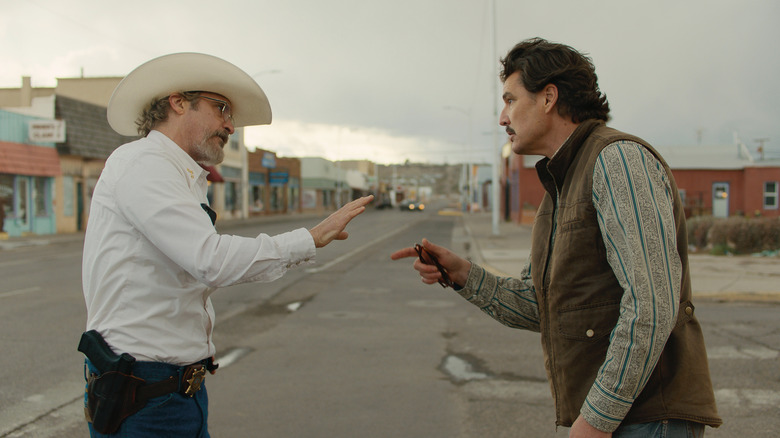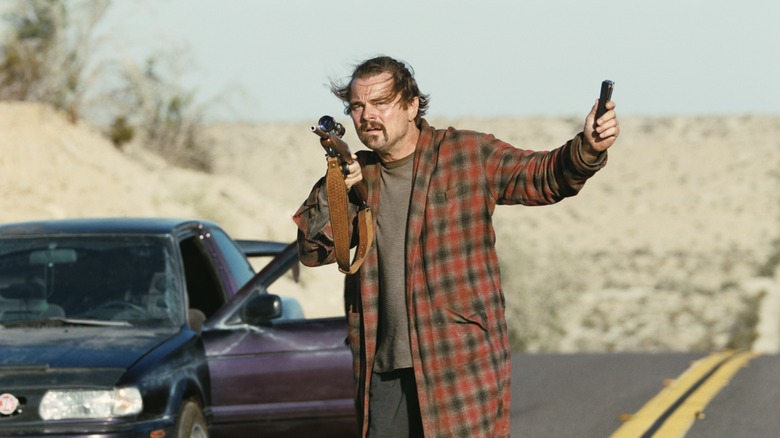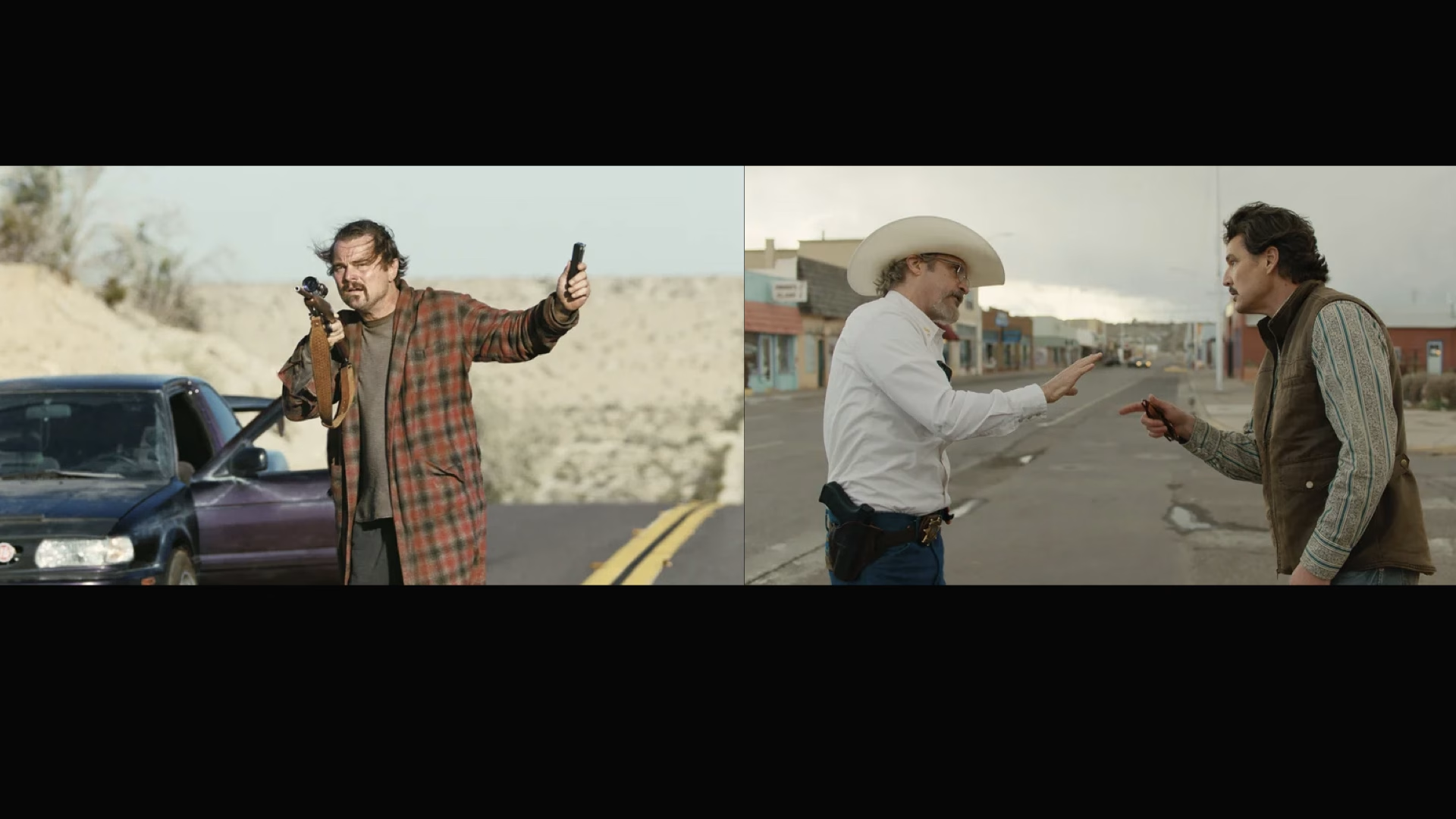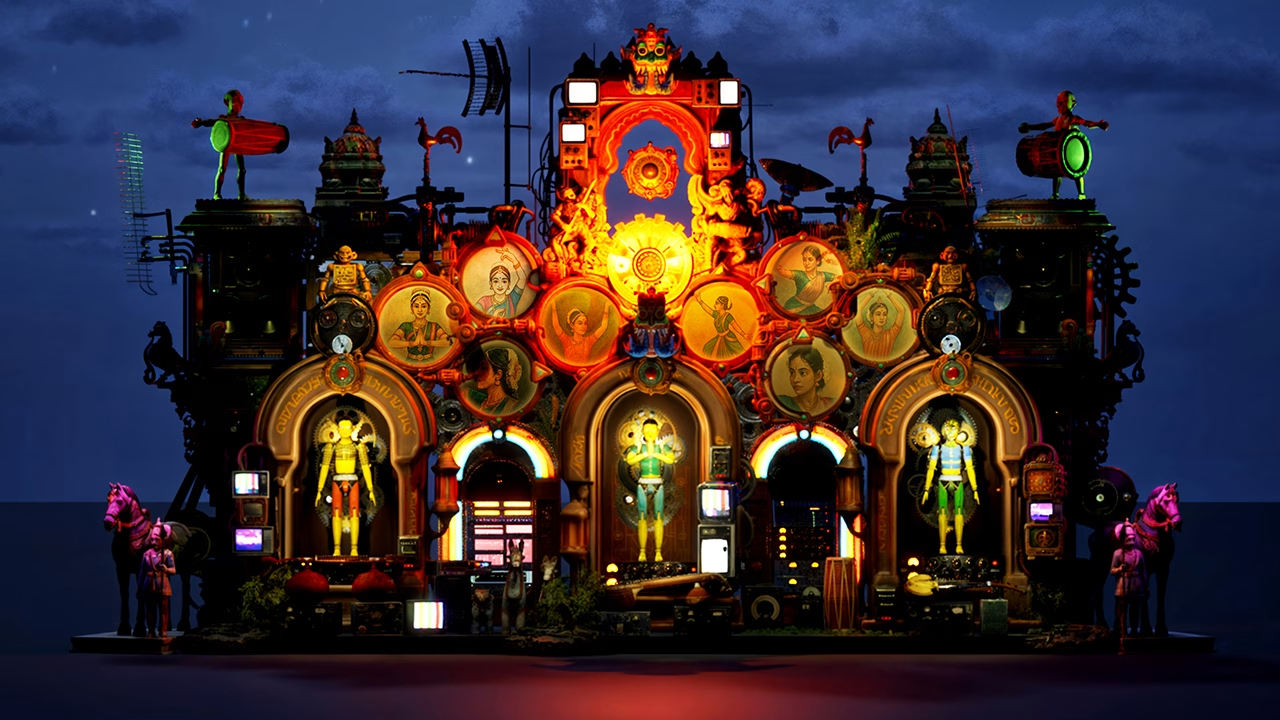Predicting how 2025’s cinematic landscape will be remembered is no easy task, but one thing is clear: Paul Thomas Anderson’s One Battle After Another and Ari Aster’s Eddington echo each other as films tackling the year’s political hysteria, conspiracy culture, and aesthetics of violence from opposite ends. At first glance, one appears as a revolutionary action-comedy, the other a small-town thriller set during a pandemic, but both confront the grotesque face of contemporary America.
Eddington, starring Joaquin Phoenix and Pedro Pascal, transforms a New Mexico town’s pandemic-fueled isolation, conspiracy theories, and Big Tech’s influence into a dark nightmare. Emma Stone’s character, Louise, falls into the web of an internet-organized cult, while the townsfolk succumb to QAnon-like paranoia. In contrast, One Battle After Another marks Anderson’s uncharacteristically high-budget, action-packed dive into the rekindled rebellion of the revolutionary group French 75 years after its collapse. Sean Penn’s grotesque villain, Colonel Lockjaw, and his ties to a white supremacist cult form one of the film’s sharpest satirical edges.


In both films, street protests escalate with the arrival of outside provocateurs. In Eddington, invisible forces stoke chaos, while in One Battle After Another, Lockjaw’s personal obsessions plunge the city into disorder. Both directors center violence fueled by masculine anxiety; Phoenix’s Sheriff Cross and Penn’s Lockjaw are characters who compensate for their insecurities with cruelty, only to collapse grotesquely.
Anderson’s film ends with a spark of hope as Chase Infiniti’s Willa inherits the revolutionary legacy, while Aster’s world paints a far bleaker, pitch-black picture. Yet, both films stand side by side on 2025’s cinematic canvas, like different brushstrokes of the same image: a portrait of an America steeped in paranoia, violence, and ideological divides.
Apartment No: 26 Note: Though these films reflect our era’s most jarring truths in different tones, they share a common sentiment: in moments where rebellion and paranoia intertwine, cinema serves as both a warning and a collective memory.














